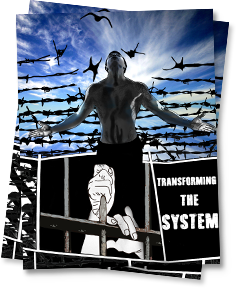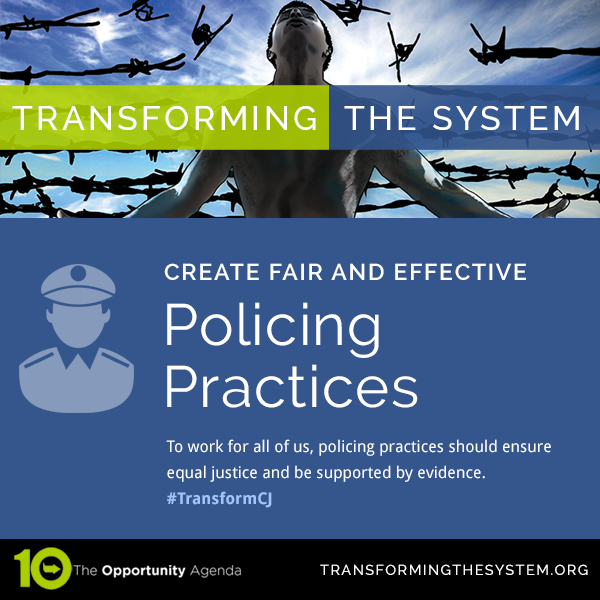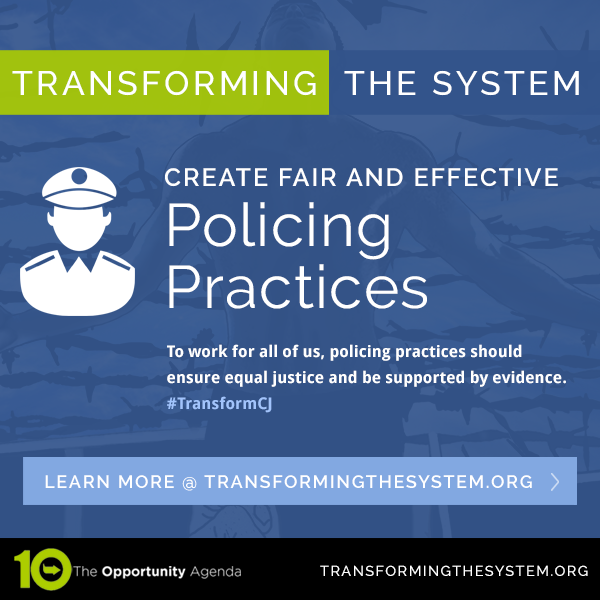Adopting policing approaches that promote police legitimacy and community trust
George L. Kelling and James Q. Wilson popularized the highly controversial policing strategy that has been labeled as “broken windows” policing in a piece in The Atlantic Monthly, where they theorized that the policing of “public disorder,” such as loitering and nuisance offenses, reduces the incidence of serious and violent crimes. Disorder policing approaches range from highly aggressive order maintenance strategies, including misdemeanor arrests and stop, question, and frisks, to problem-oriented and community-coordination strategies. This style of policing has been widely adopted although the data on its efficacy is mixed. For example, “after reviewing a series of evaluations on the role disorder policing may have played in New York City’s crime drop during the 1990s, the National Research Council’s Committee to Review Police Policy and Practices concluded that these studies did not provide clear evidence of effectiveness.”
This policing strategy is highly controversial because it has at times been used as a method for surveilling communities of color, fostering community mistrust of law enforcement and encouraging racial profiling.
Broken windows should not be adopted, instead policing should enhance the community space rather than the systematic targeting of individuals who live in a particular neighborhood. For example, securing abandoned buildings, lighting dark passages, and fostering a cooperative relationship with the community in crime hot spots has actually been proven to be more effective at reducing crime than harsh policies that marginalize communities and police bodies, such as stop and frisk and zero tolerance. A 2015 systemic review and meta-analysis of police disorder programs highlights the weaknesses of broken windows policing:
“Aggressive order maintenance strategies that target individual disorderly behaviors do not generate significant crime reductions. In contrast, community problem-solving approaches that seek to change social and physical disorder conditions at particular places produce significant crime reductions. These findings suggest that, when considering a policing disorder approach, police departments should adopt a ‘community coproduction model’ rather than drift toward a zero-tolerance policing model, which focuses on a subset of social incivilities, such as drunken people, rowdy teens, and street vagrants, and seeks to remove them from the street via arrest. In devising and implementing appropriate strategies to deal with a full range of disorder problems, police must rely on citizens, city agencies, and others in numerous ways. . . . A sole commitment to increasing misdemeanor arrests stands a good chance to undermine relationships in low income, urban communities of color, where coproduction is most needed and distrust between the police and citizens is most profound.”
Police departments should adopt cooperative tactics and secure particular locations through physical alterations such as lighting dark passages rather than targeting certain individuals. Aggressive policing tactics including stop, question, and frisks have only minimal impact on reducing crime but tremendous impact on reducing police legitimacy and community trust. In fact, the Office of Inspector General for the NYPD found that issuing summonses did not reduce crime, finding “no empirical evidence demonstrating a clear and direct link between an increase in summons and misdemeanor arrest activity and a related drop in felony crime.”
Law enforcement agencies and police departments should:
- Rely upon collaborative approaches that respect the dignity of individuals within the community, focus on problem-solving, and are generally more community-centered and build community trust. Tactics might include relying upon the use of structural and environment strategies to reduce crimes, such as adding lighting in hot spot areas, securing abandoned buildings, and building partnerships with community members to address specific crimes. The widespread and systematic use of increasing police-civilian encounters through stop, frisk, and questioning, misdemeanor arrests, and summonses for less serious offenses should be prohibited;
- Seek community input to determine appropriate policing strategies and tactics; and
- Ban tactics that rely on aggressive policing tactics, including the stopping, questioning, and frisking of individuals, systematic arrests for less serious crimes, and the questioning of individuals because of their physical location at the time of questioning.




